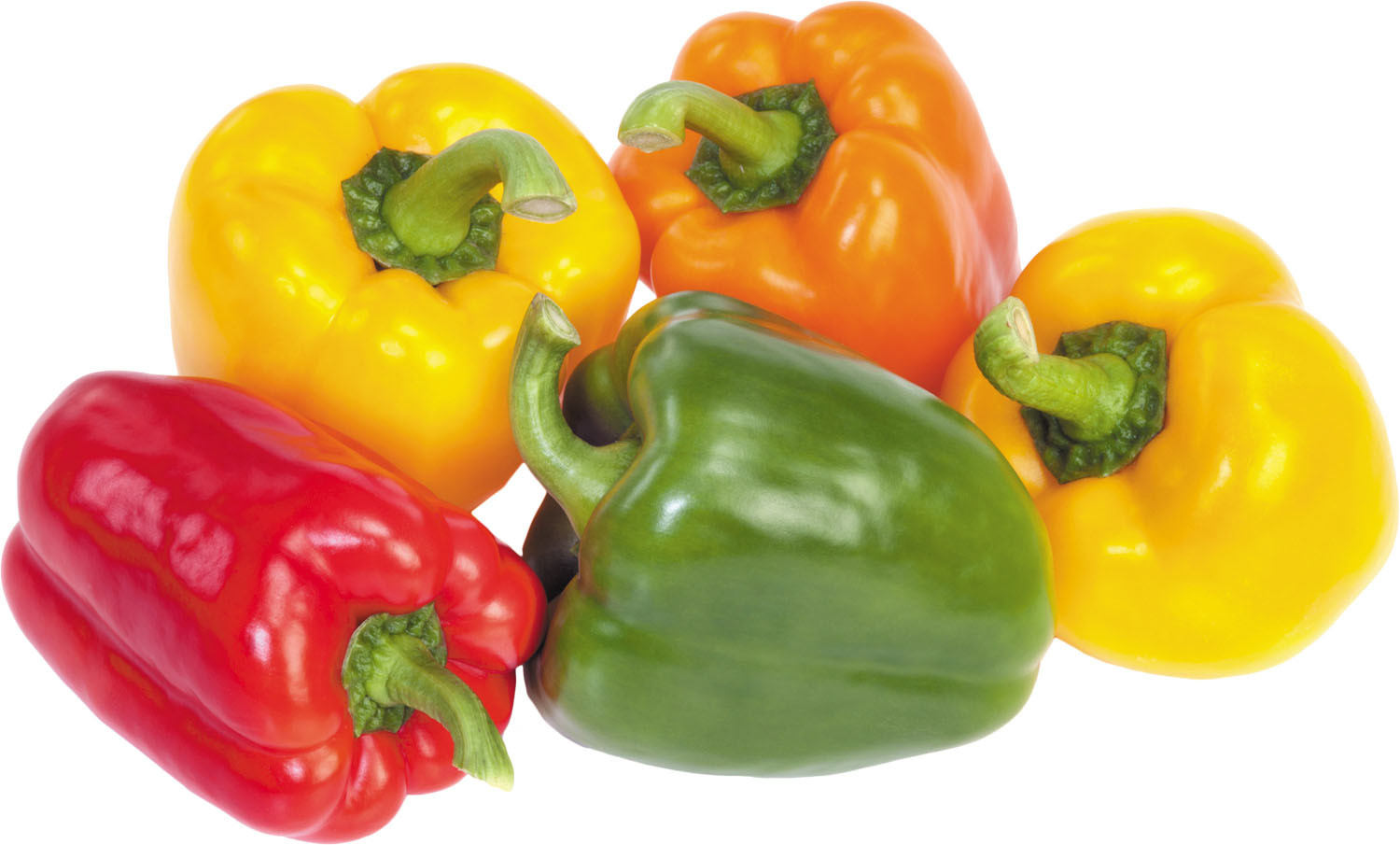Peppers are a diverse and flavorful group of vegetables that can transform any dish with their unique taste and color. From spicy to sweet, peppers come in various types, each offering its own distinct flavor profile and culinary uses. Whether you’re a seasoned chef or a home cook, understanding the different types of peppers can elevate your recipes and make your meals more exciting. In this guide, we’ll explore various types of peppers, their uses in recipes, and how to choose the best peppers for your needs.
What Makes Peppers So Special?
Peppers are more than just colorful additions to your plate. They come with a range of flavors, from fiery hot to mildly sweet, and offer a variety of health benefits:
• Nutrient-Rich: Peppers are packed with vitamins A, C, and E, along with antioxidants that support overall health.
• Versatile: They can be used in countless dishes, from salads and soups to stir-fries and salsas.
• Flavor Enhancers: Peppers can add depth, heat, or sweetness to a dish, making them essential in many cuisines.
Popular Types of Peppers and Their Uses
Let’s dive into some popular types of peppers, their flavor profiles, and how they can enhance your recipes:
- Bell Peppers: The Mild and Versatile Choice
Overview: Bell peppers are the most common and versatile peppers, known for their sweet and mild flavor. They come in various colors, including red, yellow, green, and orange.
Benefits:
• Mild Flavor: Ideal for adding color and crunch without overwhelming other flavors.
• Nutrient-Dense: High in vitamins A and C, as well as fiber.
Uses:
• Raw: Add to salads or as a crunchy snack with dip.
• Cooked: Sauté or stuff with grains and protein for a hearty meal.
- Jalapeño Peppers: A Spicy Kick
Overview: Jalapeños are medium-sized peppers known for their distinctive heat and vibrant green color. They are popular in Mexican and Tex-Mex cuisine.
Benefits:
• Moderate Heat: Adds a balanced level of spiciness without being overwhelming.
• Rich in Vitamins: Contains vitamins A and C, as well as capsaicin, which has anti-inflammatory properties.
Uses:
• Salsas: Perfect for adding heat to homemade salsas and sauces.
• Stuffed: Fill with cheese or meat and bake for a delicious appetizer.
- Habanero Peppers: For the Heat Lovers
Overview: Habanero peppers are among the hottest peppers available, with a fruity flavor that can add intense heat to dishes.
Benefits:
• High Heat: Adds significant spiciness, suitable for those who enjoy a fiery kick.
• Antioxidants: Contains capsaicin and antioxidants that promote metabolism and pain relief.
Uses:
• Hot Sauces: Essential for making extremely spicy sauces and marinades.
• Spicy Dishes: Use sparingly in stews and curries to achieve a high heat level.
- Poblano Peppers: Mild and Flavorful
Overview: Poblanos are mild, dark green peppers with a slightly smoky flavor. When dried, they are known as ancho peppers.
Benefits:
• Mild Spice: Adds flavor without significant heat, making them versatile for many dishes.
• Rich Flavor: Provides a smoky, earthy taste to recipes.
Uses:
• Chiles Rellenos: Perfect for stuffing with cheese or meat.
• Salsas and Sauces: Adds depth to sauces and salsas.
- Anaheim Peppers: Mild and Fruity
Overview: Anaheim peppers are mild, long, and green, with a slightly fruity flavor. They are often used in Southwestern and Mexican cuisine.
Benefits:
• Mild Heat: Adds a subtle heat with a slightly sweet flavor.
• Versatile: Can be used in a variety of dishes.
Uses:
• Roasted: Roasting enhances their flavor; use in sauces or as a topping.
• Stuffed: Fill with cheese or meat for a flavorful dish.
Choosing the Best Peppers for Your Recipes
When selecting peppers for your recipes, consider the following tips:
- Determine the Heat Level
• Mild Peppers: Bell peppers, Anaheim peppers, and poblanos are ideal for adding flavor without heat.
• Medium Heat Peppers: Jalapeños are great for a moderate level of spiciness.
• High Heat Peppers: Habaneros and other hot peppers are suitable for those who enjoy intense heat.
- Consider the Flavor Profile
• Sweet: Bell peppers and some varieties of Anaheim peppers offer a sweet taste.
• Smoky: Poblano peppers provide a smoky flavor that enhances dishes.
• Fruity: Habanero peppers add a fruity note along with their heat.
- Freshness Matters
• Color: Choose peppers that are vibrant and firm to the touch.
• Skin: Avoid peppers with wrinkles or soft spots, as these may indicate age or poor quality.
Cooking Tips for Peppers
• Roasting: Roasting peppers brings out their natural sweetness and enhances their flavor. Simply place them under the broiler or on a grill until the skin is charred, then peel and use as desired.
• Sautéing: For a quick and easy method, sauté peppers with onions and garlic for a flavorful addition to many dishes.
• Stuffing: Peppers can be stuffed with a variety of ingredients, from rice and beans to meats and cheeses, making for a hearty and customizable meal.
Conclusion
Peppers are a versatile and essential ingredient in many cuisines, offering a range of flavors and heat levels to suit any palate. By understanding the different types of peppers, their benefits, and their best uses, you can make informed choices that enhance your recipes and bring vibrant flavors to your table.
Whether you’re looking for sweet bell peppers, spicy jalapeños, or smoky poblanos, each pepper variety has unique qualities that can transform your cooking. Embrace the diversity of peppers and experiment with different types to find the perfect fit for your dishes.
So, next time you’re at the market or considering a recipe, remember this guide to choose the best peppers for your needs and enjoy the delicious results! tropical fruit wholesaler




